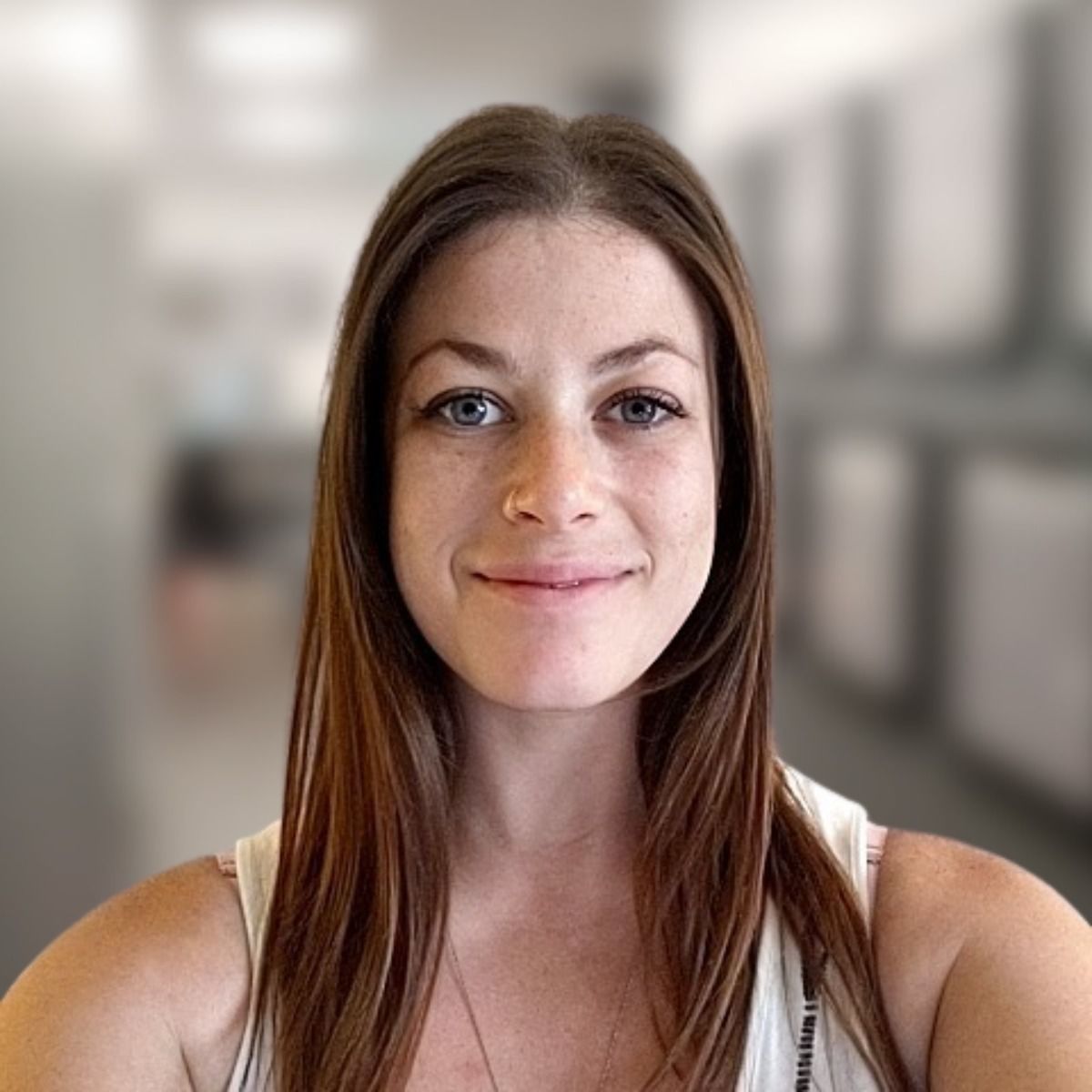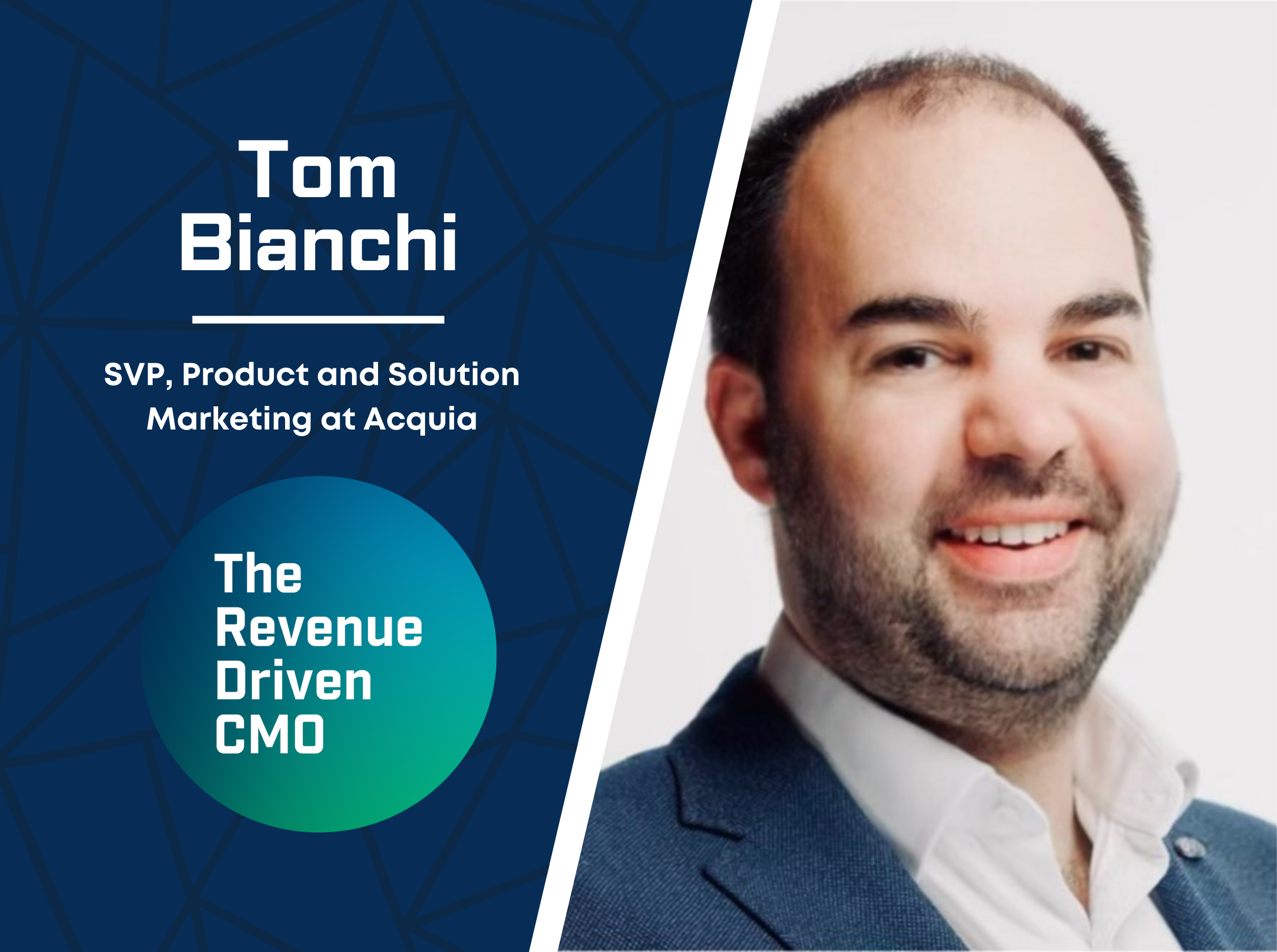
Your Adwords Impression Share (and ROI) Suck. 7 Ways To Increase It.
There are problems we’re all familiar with in Google Ads, formerly Google AdWords, that cause confusion (and headaches). People are counting on you to get results, and it’s normal to struggle in figuring out how.
I’m here to help—I’ve learned firsthand what works and what doesn’t. In this post, I’m going to cover how to tackle a common scenario that larger accounts face: how to increase impression share in AdWords—the smart way.
From experience, I’ll break down some actionable ways the PPC ninjas at WebMechanix expand their accounts and how to get the most out of Google AdWords (from an ROI standpoint).
Want more actionable PPC tips for a limited budget? Read my previous post, How to Optimize a Google Ads Campaign with a Limited Budget, for three smart suggestions and a thoughtful analysis on the power of the PPC If/Then checklist.
How to increase your impressions if AdWords campaigns are not spending enough and you’re not capped by budget
Here’s the situation: You want to use more of your Google ad spend or intelligently expand your account. But to do so, it’s important to know how to increase spend on AdWords effectively. This is true regardless of your situation—whether there’s a seasonal demand for a service or product that you want to push, or you received co-op money that’s use it-or lose it.
So, what are your options? It’s best to start with increasing your impression share on the campaigns and ad groups that are already performing well. And to that end, I’ve put together seven actionable tips you can start implementing today.
Raise your keyword bids (unless you’re already showing in a top position)
This may seem obvious, but look at the keywords that are performing well, check to make sure there’s actually some impression share to grab, and raise your keyword bids—slowly at first. Raising your bids too suddenly could skyrocket your CPC and tank performance. Use Labels and the new “Notes” feature to keep track of any bid changes you make (Change History or a spreadsheet also work but are more time consuming). Keeping track of bid changes is important and often neglected, but it’s crucial to understanding how the changes you make affect overall account performance.
Note: Make sure to track the performance of your keywords as their positions increase. You may find that some of your keywords perform better sitting around position #2 rather than at the top spot.
For example, a health and wellness client had a Google Ads account that was rocking. We were sitting mostly in position #2, so logically, it made sense to experiment with increasing the bids of our top performers to raise our position for more impressions, clicks, and, as a result, conversions. But when we did, the performance was surprising.
Although we successfully grabbed the top spot, we found that the people who were clicking our ads in position #1 were usually more in the research phase. The clicks we were getting when we sat in position #2 converted at a much higher rate. Although our click-through rate (CTR) increased, we weren’t getting more conversions. The minimum jump in position didn’t make up for the extra cost per click (CPC).
Expand & adjust your location settings
Another way to increase your ad account impression share is to increase your ads’ exposure by targeting more geographies. If your serviceable prospects are in geographies that you aren’t targeting yet, add those geographies to AdWords. If you have radial targeting set to 30 miles around a brick-and-mortar location, expand out. (Make sure you only expand as far as you think customers will be willing to drive for your products or services.) If you know that a percentage of your sales come from a few outlier zip codes aside from what you’re targeting already, add those zips.
If you’re uncomfortable expanding out, you can always add bid adjustments. Is there a pocket of traffic that converts 20% better than the rest? If so, increase bids by 20% for that zip/city/state/etc.
Add high-performing broad match modified keywords as exact match
By targeting exact match keywords, we’re able to better control search impression share (how often our ad is showing up when a user searches) for a particular query, by managing the bid for the term directly. Chances are that you’re already targeting some exact match keywords, but how can you find more relevant exact match terms? Check the search terms your broad match modified (BMM) ads are showing up for in the search query results report. Is there a query that’s converting well that you haven’t added?
For example, say you’re targeting the BMM keyword +ppc +management +services, and you notice your ads often show up for the search query “ppc management services in maryland.” This query is highly relevant to your business, and you also notice it has a conversion rate that’s higher than the average. You decide to dig in a little further. By adjusting your columns, you’re able to see that you’re only capturing about 50% of the search impression share for this query. To effectively try and grab the 50% of impressions you’re losing, you can exact match the target [ppc management services in maryland] and give it a higher bid.
However, if you’re not capped by budget and are already showing for the search terms you want to pull out (from your BMM keywords), this approach won’t necessarily be effective. Make sure to check that you aren’t capturing the full impression share for that particular search term first.
Test different, relevant keywords
One simple way to increase impression share is to expand out into different ad groups you might not have previously considered. A good first step is to test out different keywords for different parts of the marketing funnel, or check the volume on similar search terms that are used to describe your product/service. To find opportunities, do a thorough keyword research analysis using free or paid keyword research tools like MOZ or SEMRush.
Introduce ad scheduling and dayparting
Similar to increasing bids for high-performing locations and zip codes, you can also increase bids during times of the day or days of the week in which your campaign is performing particularly well. For instance, if 6:00 pm to 7:00 pm on Monday through Thursday is when you get most of your conversions, increase your bids by 20% during that time.
You can also introduce bid adjustments on demographic categories such as income, age, or gender. If you find that 30-to-40-year-olds purchase your product more, consider increasing bids for that age group.
Turn on Enhanced CPC
It’s true that some people are wary of automated Google Ads bidding strategies because they give the account manager less control over spend, but turning on Enhanced CPC is a good first step in testing out automated bidding strategies because it’s the most conservative.
Enhanced CPC takes manual CPC bids and gives Google the leeway to raise bids accordingly, but keeps the average CPC close to what you set manually, over a 30 day period. It gives Google’s algorithm more discretion on whether it should raise or lower bids for a keyword during a specific auction when there’s a higher percentage of people who are likely to click your ad.
This automated strategy does work. Machine learning is improving every day. Just monitor your results—if you’re nervous, keep a log (through labels and notes!) and a close eye on the numbers.
Change bid strategy to “Maximize Conversions”
If you’re wondering how to maximize Google AdWords with a more advanced automated bidding strategy, this is it. When you switch to Maximize Conversions, Google Ads will automatically adjust bids to help get the most conversions possible out of your budget. It uses advanced machine learning to optimize bids automatically and offers real-time bidding capabilities that tailor bids for each auction.
Keep in mind that with this setting, you’re sometimes limited by search impressions, not budget. If only a certain number of searches happen per month, you can’t get more than the supply out there.
Conclusion
There are various levers you can pull to intelligently increase impression share and expand your Google Ads account. Naturally, your options will vary depending on the industry, size, and limitations of the account.
How do you feel when you enter a Google Ads account? How will these AdWords optimization tips help you improve your campaign management? I’d love to hear your thoughts.
Read about how to set marketing goals
View all posts filed under “PPC”
Most newsletters suck...
So while we technically have to call this a daily newsletter so people know what it is, it's anything but.
You won't find any 'industry standards' or 'guru best practices' here - only the real stuff that actually moves the needle.







